
Some animals thrive in groups, but others prefer a life of solitude. From elusive big cats to deep-sea hunters, these creatures have mastered the art of surviving alone. Whether avoiding competition, staying stealthy, or ruling vast territories, their independence is key to their success. Let’s look at eight fascinating animals that live in solitude and how they thrive.
Do Some Animals Choose to Be Alone?
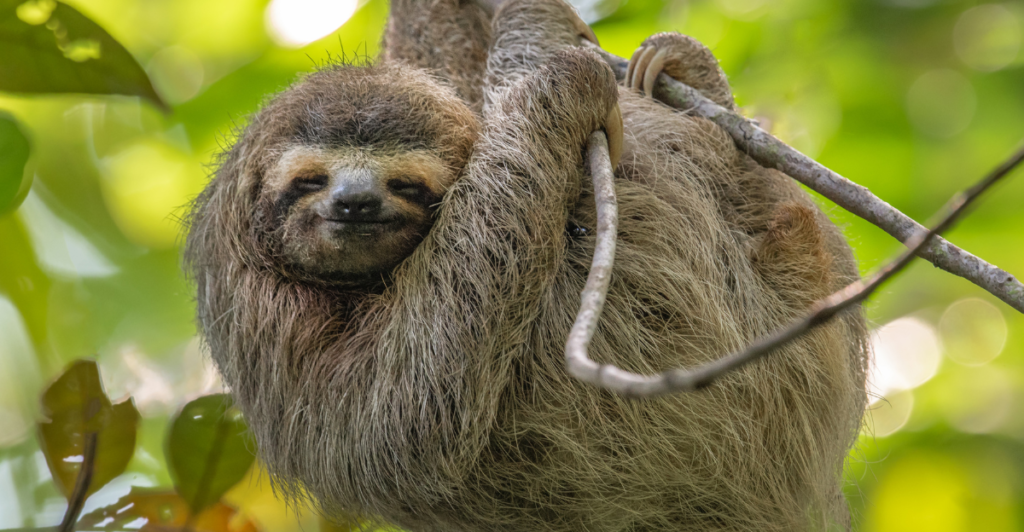
Not exactly—solitary animals didn’t choose to be alone, but they evolved that way for survival. Early animals were social, but some adapted to avoid predators, compete less for food, and escape dominance battles. Even disease spreads slower among loners. In the wild, solitude isn’t always a choice—it’s a strategy for staying alive!
1. Bear

At the top of our list are bears. These solitary animals roam forests, mountains, and tundras alone. They’re opportunistic omnivores who can sniff food from miles away and adapt to different diets. Their independence makes them top survivors, whether fishing in rivers or scavenging in the wild. In winter, they hibernate for months, storing fat to stay alive.
2. Shoebill
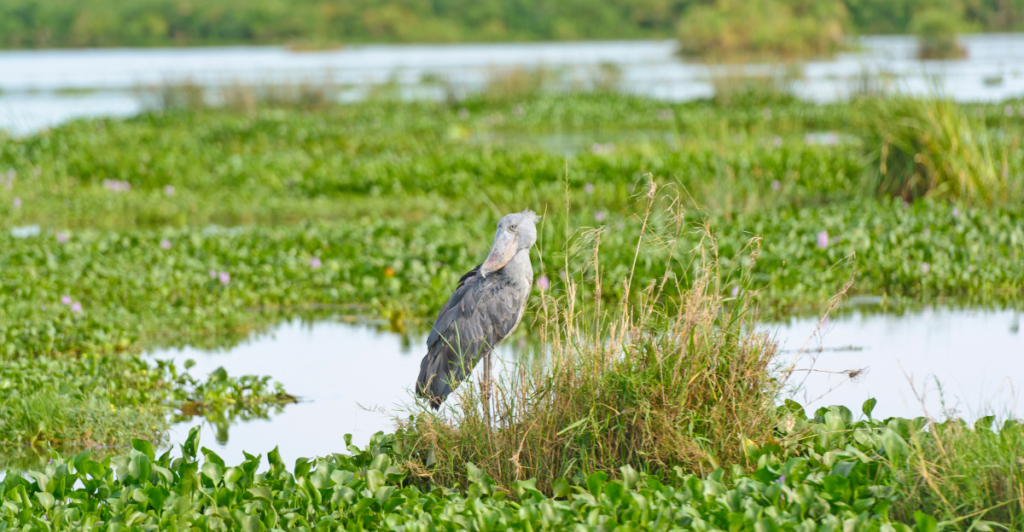
This prehistoric-looking bird is as solitary as it is strange. Shoebills stand motionless for hours, waiting to ambush fish with their massive, razor-sharp beaks. Found in Africa’s swamps, they rarely gather, preferring silence and solitude over noisy flocks.
3. Rhinoceros
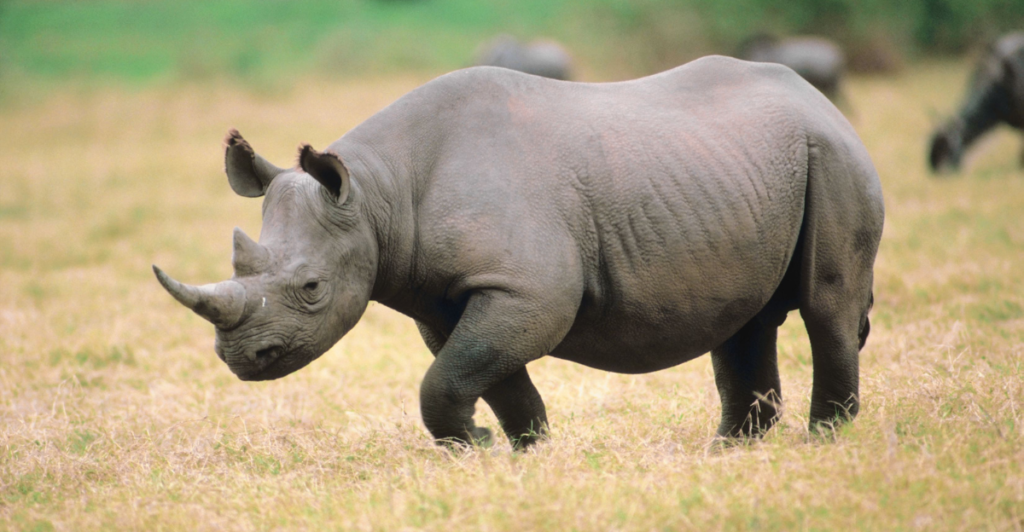
Rhinos, with their massive size and armor-like skin, thrive in solitude. These powerful herbivores patrol vast territories alone, seeking company only for mating or defense. Their solitary nature helps them avoid conflicts—except when they defend their turf.
4. Koala
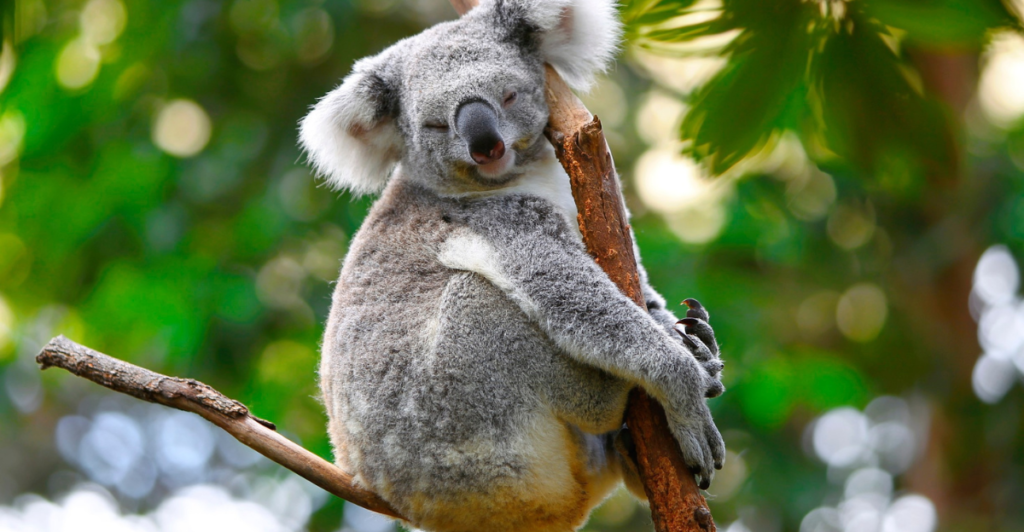
Koalas spend most of their lives alone, dozing up to 20 hours daily in eucalyptus trees. They rarely interact except to mate or switch trees for fresh leaves. With their slow metabolism, conserving energy is key, so socializing isn’t a priority!
5. Axolotl
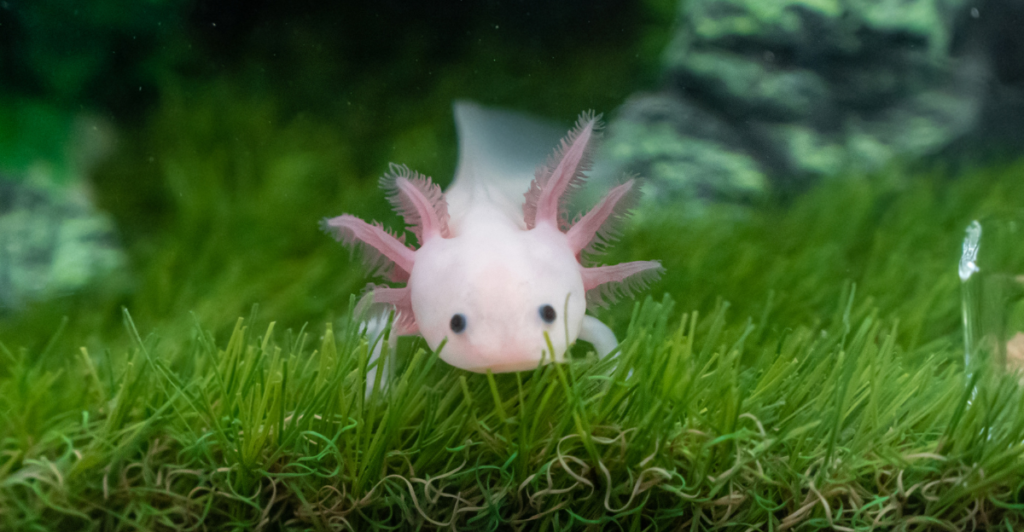
This “walking fish” prefers solitude in Mexico’s freshwater lakes. At night, axolotls hunt tiny fish and insects, using their frilly gills to breathe underwater. Their superpower? Unlike most amphibians, they never outgrow their larval stage, staying in water their entire lives!
6. Bobcat
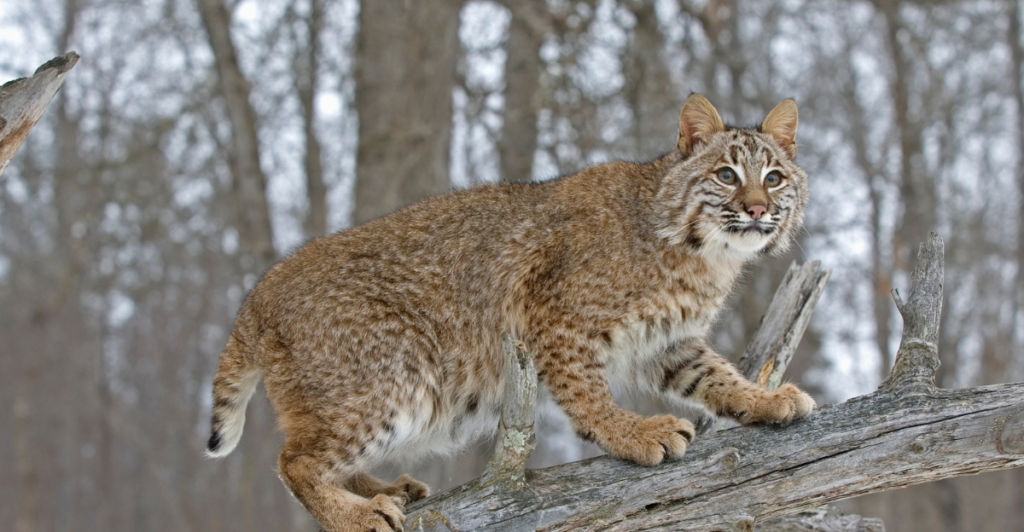
These stealthy wildcats roam North America alone, blending into forests, deserts, and mountains. Bobcats prefer to hunt solo, silently stalking rabbits and rodents before pouncing with lightning speed. Their sharp senses and independent nature make them elusive and highly efficient hunters.
7. Red Panda
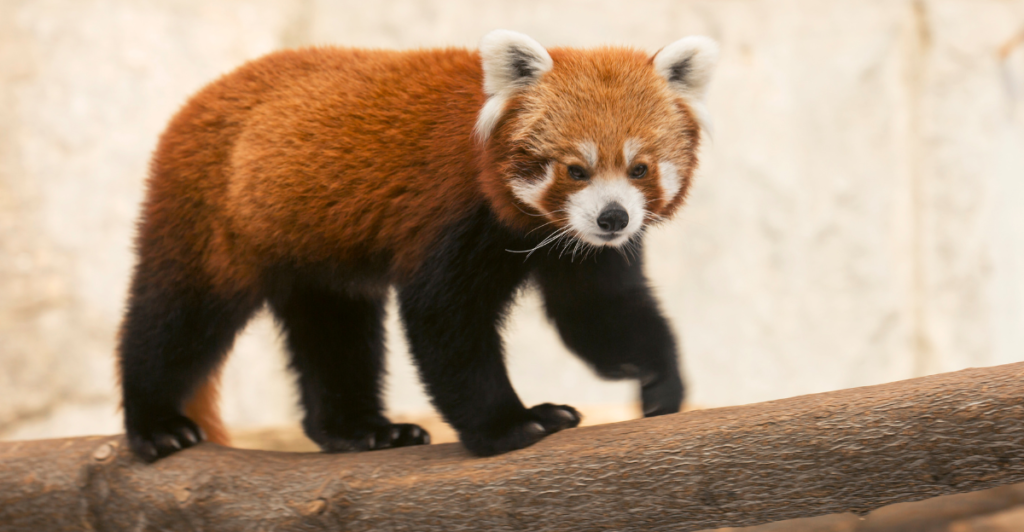
Despite their cute, cuddly looks, red pandas are fiercely independent. They spend their lives high in Himalayan treetops, avoiding others except for mating. They forage alone at night, using their bushy tails for warmth while curling up in tree hollows.
8. Turtle

Slow but determined, turtles are solo travelers, crossing oceans or forests without a companion. Some, like the leatherback, migrate thousands of miles to find food and breeding grounds. Their hard shells make them self-sufficient, with no need for protection from a group.
Discover more of our trending stories and follow us to keep them appearing in your feed

Animals That Stopped Evolving Millions of Years Ago
11 of the World’s Rarest Animals on the Brink of Extinction
The War on Cows Is Over—And Green Extremists Have Lost
Massive Solar Plant Is Shutting Down Early—Saving Californians Over $500M
References:
Reference 1
Reference 2
This article first appeared here
Stay connected with us for more stories like this! Follow us to get the latest updates or hit the Follow button at the top of this article, and let us know what you think by leaving your feedback below. We’d love to hear from you!







